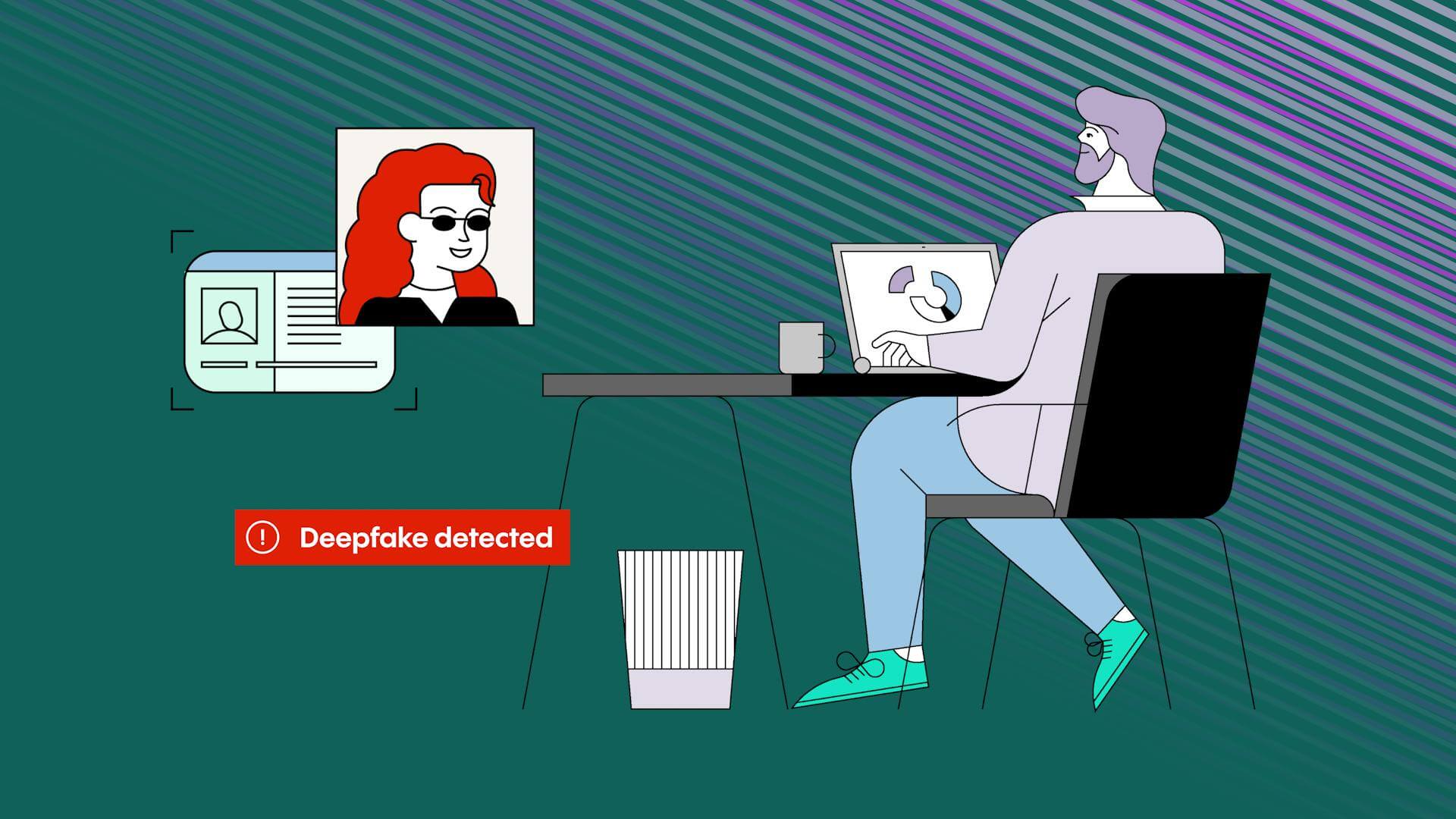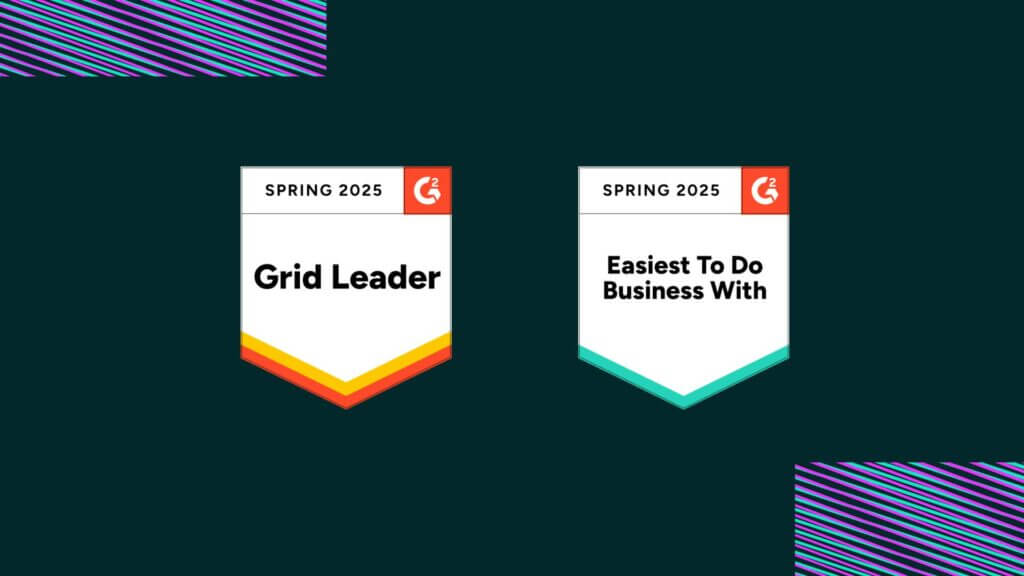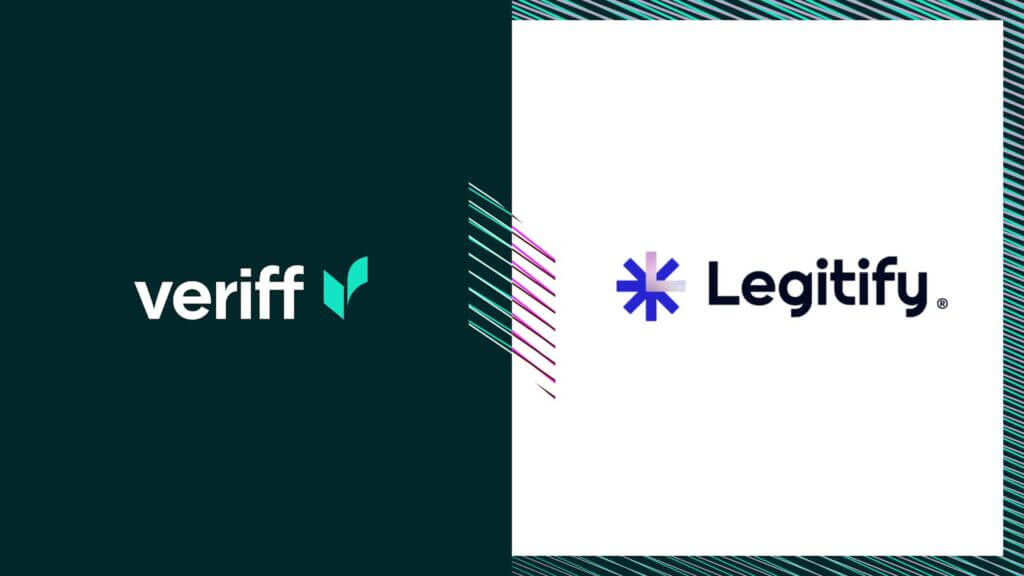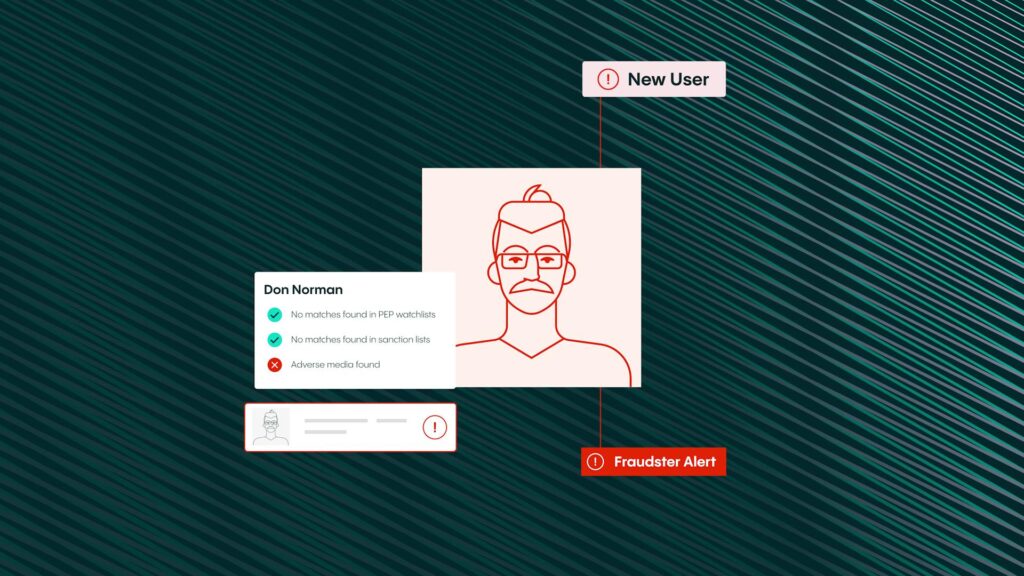news
Veriff Report Highlights Deepfake Threats and Protective Strategies
New York, Aug 08, 2024 — Veriff, a preferred global identity verification provider, released a report, Deepfakes Deep Dive, that examines the rise of deepfake technology, its implications for the digital economy, and strategies for mitigating associated risks. As AI-generated deepfakes become more sophisticated, the report provides insights for businesses and individuals on safeguarding against fraud.

“Deepfakes aren’t necessarily a new phenomenon. We’ve dealt with the threat for years. However, the GenAI-driven ability to impersonate a user’s likeness creates serious security problems for online businesses,” says Rishi Chauhan, Director of Product for Identity and Fraud at Veriff.
In the report, Veriff has identified four common techniques adopted by fraudsters as they deploy AI and deep learning in their activities: Face Swaps, Lip Sync, Puppets, and GANs & Autoencoders. Chauhan names Face Swapping, in particular, as an area that is improving constantly. “It doesn’t leap forward every year, but every few months. Videos are also getting better—today, there are many ways that we can see whether it’s a deepfake video, but at some point, it will be difficult for humans to see these details,” he adds. In 2023 alone, approximately 500,000 voice and video deepfakes were circulated globally.
The danger of deepfakes is that they can be used to attack existing accounts and fraudulently open new ones. Enterprises with disjointed and inconsistent identity management processes and poor cybersecurity are especially vulnerable.
“To stay ahead of fraudsters, companies need a constantly evolving, multi-layered approach that combines a range of threat mitigation tools. Unfortunately, no single solution exists,” comments Rishi Chauhan. He suggests that there are some essential elements that a coordinated strategy should include:
- Comprehensive checks on identity documents
- Examination of key device attributes
- Treating data absence as a risk factor
- Counter-AI to identify manipulated images
- Pattern detection across sessions and customers
- Biometric analysis of photographic and video images
“Whether you use IDV, document verification, or other tools, the more controls and data points you have, the harder it is for the fraudsters,” adds Rishi Chauhan.
For more findings and expert recommendations, access the full Deepfakes Deep Dive Report and Fraud Prevention Toolkit. Find a report summary with key takeaways from Veriff’s blog.














